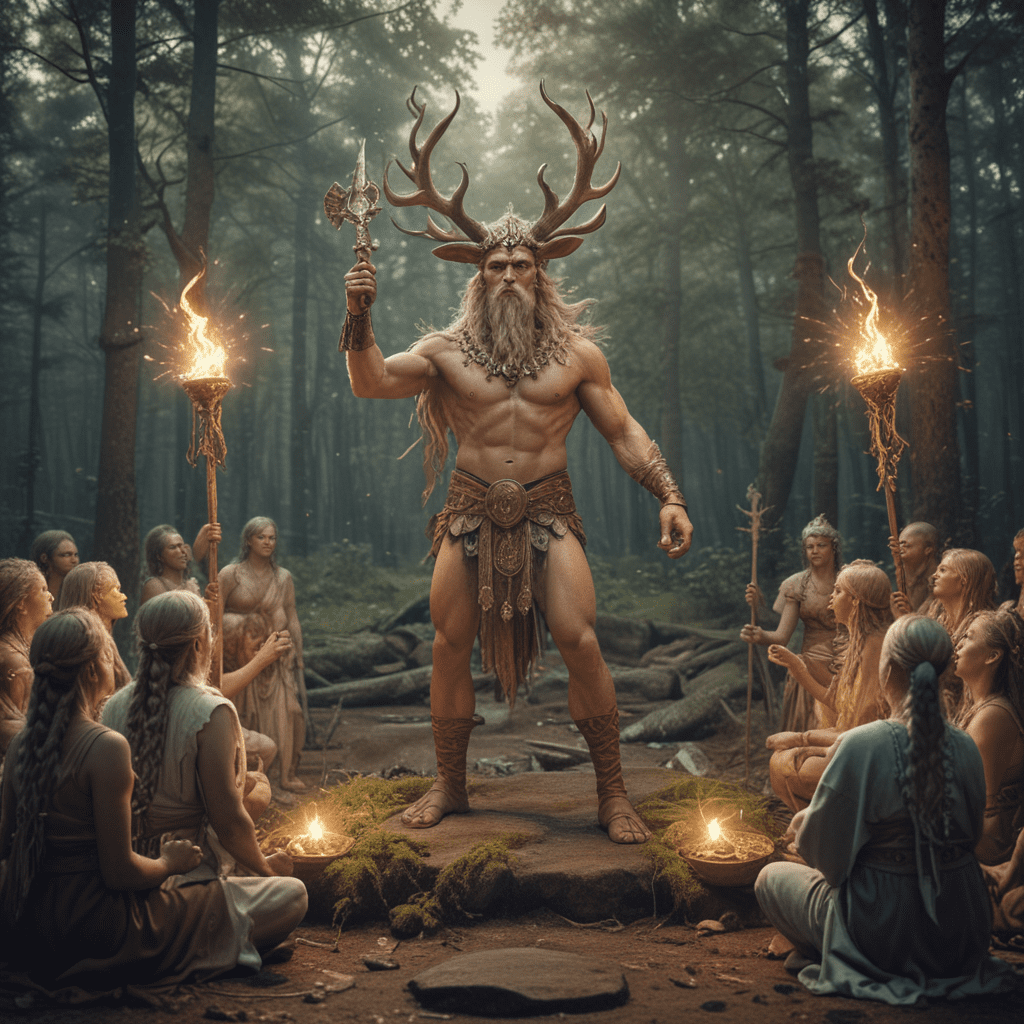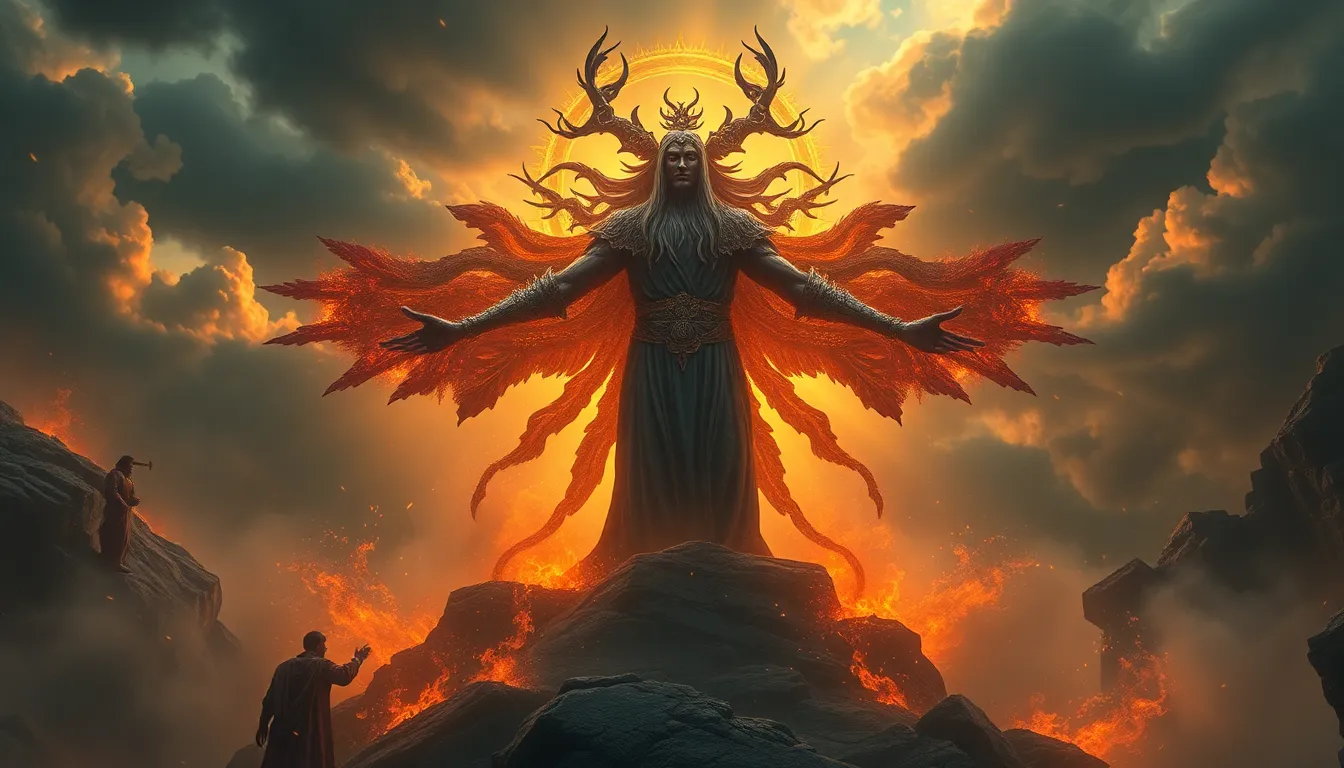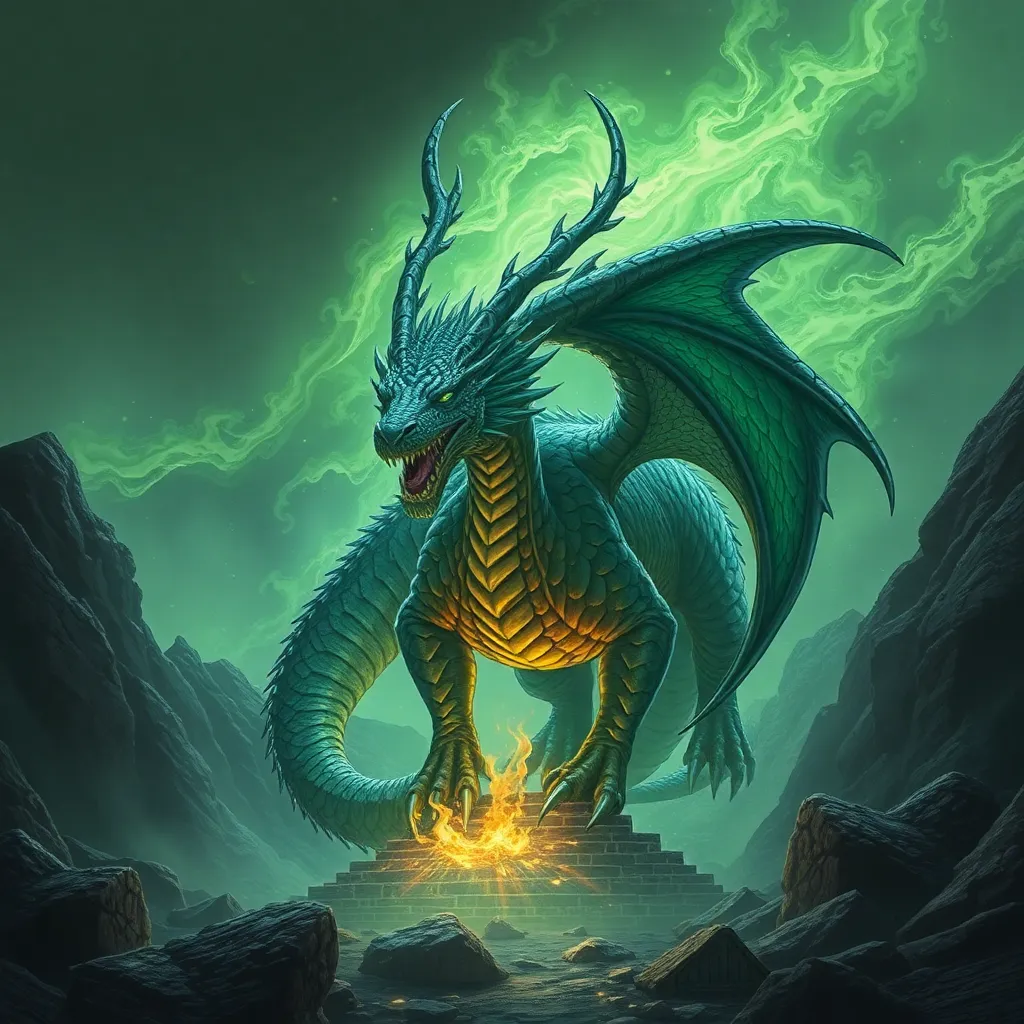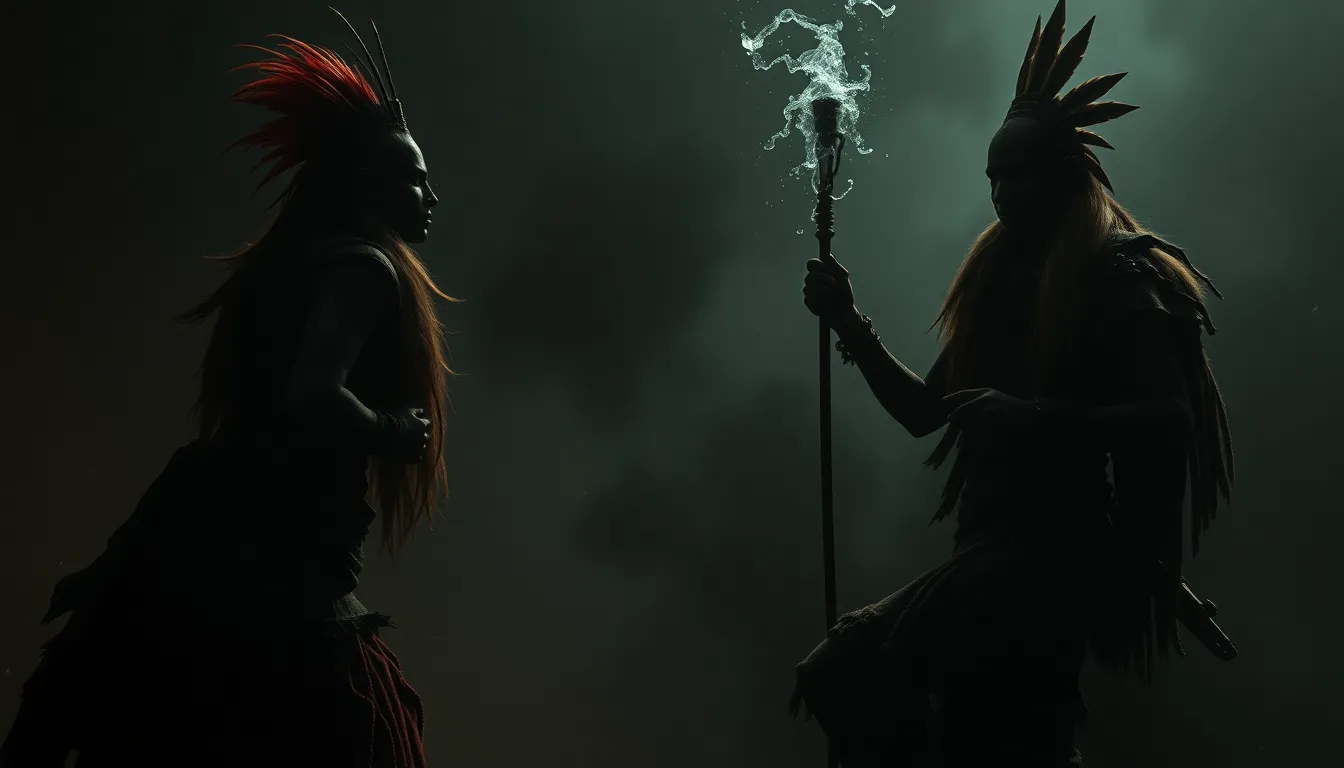Purification and Protection Rituals
Rituals of purification and protection played a vital role in Finnish mythology, ensuring the well-being and safety of individuals, families, and communities. These rituals symbolized the removal of impurities and the invocation of protective powers. One prevalent ritual involved the use of sauna, a sacred space where heat and steam cleansed the body and soul. Participants would gather in the sauna, engage in purification rituals, and pray to protective spirits for guidance and defense against evil forces.
Birth and Naming Ceremonies
The birth of a child held immense significance in Finnish mythology, marked by elaborate rituals and ceremonies. These ceremonies recognized the child's entry into the community and ensured its protection and well-being. Shortly after birth, the child would be bathed in a special herbal concoction believed to strengthen and purify it. A naming ceremony followed, where the child received its name, which often held symbolic or protective meanings. These ceremonies celebrated the child's arrival and invoked blessings upon its life.
Wedding Traditions
Marriage rituals in Finnish mythology were complex and elaborate, mirroring the importance of family and community. Weddings involved a series of ceremonies and traditions, each with its own symbolic significance. One prevalent tradition was the exchange of gifts between the bride and groom's families, representing the union of two lineages. The wedding feast was a central event, where guests celebrated the couple and invoked blessings upon their future happiness and prosperity. These rituals marked the transition from singlehood to married life, ensuring the couple's harmony and well-being.
Funeral Rites
Funerals in Finnish mythology were elaborate ceremonies that honored the deceased and ensured their safe passage to the afterlife. The body was prepared with great care, and mourners gathered to perform rituals and offer prayers. One common practice was the placement of grave goods with the deceased, such as tools, weapons, or personal belongings, believed to be necessary for their journey to the next world. These rituals recognized the importance of honoring the dead and ensuring their peaceful transition.
Festivals and Seasonal Celebrations
Seasonal festivals and celebrations were central to Finnish mythology, marking the changing seasons and agricultural cycles. One significant festival was Juhannus, or Midsummer, which celebrated the longest day of the year. Bonfires were lit, and people gathered to dance, sing, and perform rituals believed to bring good fortune and protection. These celebrations honored the sun and the fertility of the land, ensuring the well-being and prosperity of the community.
6. Sacred Groves and Sanctuaries
Sacred groves and sanctuaries held great significance in Finnish mythology, serving as places of worship and connection with the divine. These special locations were believed to be imbued with supernatural power and inhabited by spirits and deities. People gathered in sacred groves to perform rituals, make offerings, and seek guidance from the spirits. The sacredness of these places was respected, and they were often marked by ancient trees, unusual rock formations, or other natural features believed to possess spiritual significance.
7. Animal Sacrifices
Animal sacrifices played a role in certain rituals and ceremonies in Finnish mythology, particularly in situations where a request or blessing was sought from the gods. Animals were believed to carry symbolic meanings and were chosen carefully for specific ceremonies. The sacrifice would often involve the animal being killed and its blood offered to the gods. Animal sacrifices were performed with the belief that they would strengthen the bond between the humans and the divine realm and bring favor upon the community.
8. Divination and Prophecy
Divination and prophecy were important aspects of Finnish mythology, as people sought to gain insight into the future and the will of the gods. Various methods of divination were practiced, including casting runes, interpreting dreams, and observing natural phenomena. Skilled individuals known as shamans or seers performed these rituals and were believed to have the ability to communicate with the spirit world and make predictions. Divination and prophecy provided guidance and helped people make informed decisions during uncertain times.
9. Healing Ceremonies
Healing ceremonies held a vital place in Finnish mythology, addressing both physical and spiritual ailments. Shamans or healers played a central role in these ceremonies, using their knowledge of herbs, incantations, and rituals to cure illnesses and restore balance to the body and mind.Healing ceremonies often involved the use of saunas, which were believed to purify and rejuvenate the body. The healer would guide the individual through a series of rituals, prayers, and herbal treatments, aiming to restore health and well-being.
10. Rites of Passage
Rites of passage marked significant transitions in the lives of individuals within Finnish mythology. These ceremonies symbolized the passage from one stage of life to another and ensured the individual's smooth integration into the new phase. Common rites of passage included birth, naming, marriage, and death, each with its own set of rituals and traditions. These ceremonies recognized the importance of life's milestones and ensured that individuals were properly prepared for the challenges and responsibilities that lay ahead.
Frequently Asked Questions (FAQs)
Q: What is the significance of saunas in Finnish mythology?
A: Saunas played a sacred role in Finnish mythology, symbolizing purification, healing, and protection. They were believed to cleanse the body and soul, ward off evil spirits, and promote physical and spiritual well-being.
Q: How were animals chosen for sacrifices in Finnish mythology?
A: Animals were carefully selected for sacrifices based on their symbolic meanings. Different animals represented different qualities or deities, and their sacrifice was believed to convey specific requests or offerings to the gods.
Q: What role did shamans play in Finnish mythology?
A: Shamans, also known as seers, held a vital role in Finnish mythology. They were skilled practitioners who performed rituals, practiced divination, and acted as intermediaries between the human and spirit worlds. Their knowledge and abilities allowed them to heal illnesses, make predictions, and guide people through life's challenges.
Q: How were life transitions marked in Finnish mythology?
A: Rites of passage played a crucial role in marking significant life transitions in Finnish mythology. These ceremonies recognized the importance of birth, naming, marriage, and death, and involved specific rituals and traditions that ensured the individual's smooth passage into the next stage of life.



